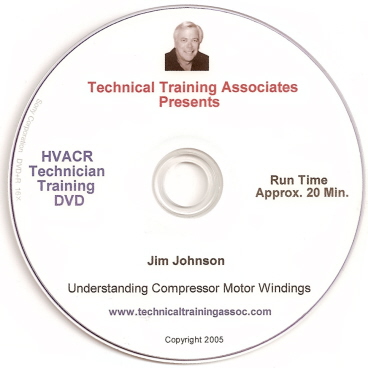The result: an inefficient compressor. This is one of the most difficult service problems to diagnose because the system may still have some cooling capacity. Box temperatures will suffer, but it will depend on the severity of the valve damage.
Here are reasons why a compressor's valves may become inefficient:
Service Checklist
The following is a service checklist for an inefficient compressor with valves that are not functioning correctly.
Measured Values
Calculated Values In Degrees F
Symptoms
Symptoms may include:
A system that has bad valves will have both a high (suction) pressure along with a low condensing (head) pressure. No other situation will give a system both low head and high suction at the same time other than worn piston rings causing blowby of gases around the rings. So, any time the technician installs a gauge and has low head with high suction pressures, there has to be a valve problem.
Higher-than-normal discharge temperature: A discharge valve that isn't seating properly because it has been damaged will cause the head pressure to be low. Refrigerant vapor will be forced out the cylinder and into the discharge line during the upstroke of the compressor. On the down stroke, this same refrigerant that is now in the discharge line and compressed will be drawn back into the cylinder because of the discharge valve not seating properly.
This short cycling of refrigerant will cause heating of the discharge gases over and over again, causing higher-than-normal discharge temperatures. However, if the valve problem has progressed to where there is hardly any refrigerant flow rate through the system, there will be a lower discharge temperature from the low flow rate.
A discharge valve that has been exposed to higher-than-normal temperatures will show carbonization of oil on the valve, valve plate, and valve backings. The iron in the valves themselves will act to speed up chemical reactions when exposed to an overheating situation. Valve leakage often occurs in these situations.
Contaminants can also form on the valve plate due to a reaction from excessive heat. The excessive heat can actually break down the refrigeration oil. This broken down oil reacts with the system's refrigerant, forming sludge.
Low condensing (head) pressures and temperatures: Because some of the discharge gases are being short cycled in and out of the compressor's cylinders, there will be a low refrigerant flow rate to the condenser. This will make for a reduced heat load to the condenser thus reduced condensing (head) pressures and temperatures.
Often if a condenser is plugged causing high head pressure, valve damage can occur. High discharge pressure and temperature on a suction valve can cause visual outlines of the suction port that have been worn into the valve. This often causes valve leakage, which will eventually lead to low head pressure symptoms.
Normal to high condenser subcooling: There will be a reduced refrigerant flow through the condenser, thus through the entire refrigeration system, because of components being in series. Most of the refrigerant will be in the condenser and receiver. This may give the condenser a bit higher subcooling.
Normal to high superheats: Because of the reduced refrigerant flow through the system, the TEV may not be getting the refrigerant flow rate it needs. High superheats may be the result. However, the superheats may be normal if the valve problem is not real severe.
High evaporator (suction) pressures: Refrigerant vapor will be drawn from the suction line into the compressor's cylinder during the down stroke of the compressor. However, during the upstroke, the same refrigerant may sneak back into the suction line because of the suction valve not seating properly. The result is a higher than normal suction pressure.
Low amp draw: Low amp draw is caused from the reduced refrigerant flow rate through the compressor. During the compression stroke, some of the refrigerant will leak through the suction valve and back into the suction line reducing the refrigerant flow. During the suction stroke, some of the refrigerant will sneak through the discharge valve because it is not setting properly, and get back into the compressor's cylinder. In both situations, there is a reduced refrigerant flow rate causing the amp draw to be lowered. The low head pressure that the compressor has to pump against will also reduce the amp draw.
If the compressor sees a slug of liquid refrigerant, broken components usually result. A slug of refrigerant can bend the valve as it tries to push the valve up through the port.
John Tomczyk is a professor of HVACR at Ferris State University, Big Rapids, Mich., and the author of Troubleshooting and Servicing Modern Air Conditioning & Refrigeration Systems, published by ESCO Press. To order, call 800-726-9696. Tomczyk can be reached by e-mail at tomczykj@tucker-usa.com.
Publication date: 10/04/2004








